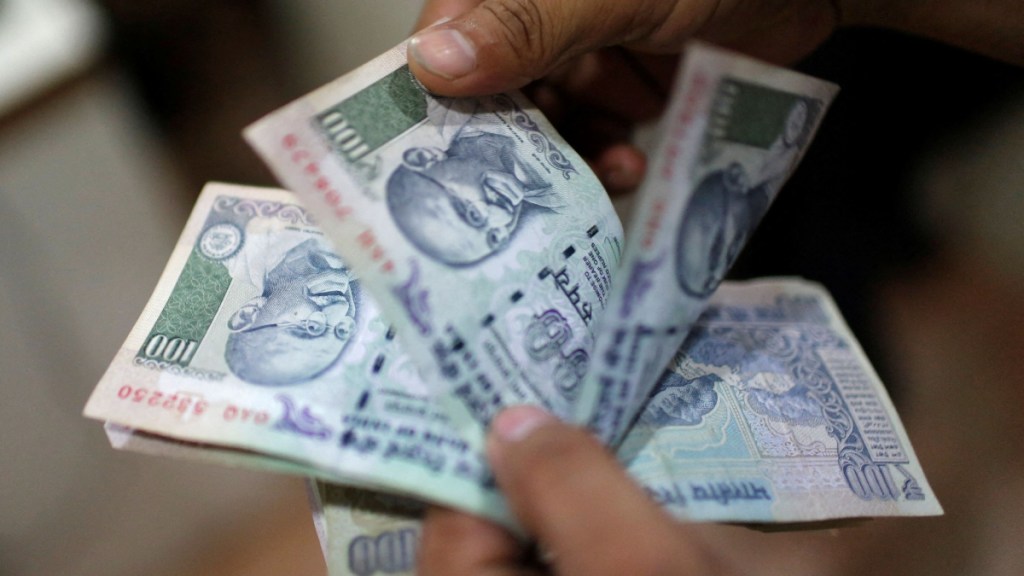The forthcoming Union Budget for FY25 must address the imperative of bringing foreign direct investments (FDI) back on track to boost India’s growth story. The government seeks big-ticket investments in infrastructure to transition to a developed economy and also attract investors who want to de-risk their exposure to China due to Sino-US tensions. While there are indications that the government is targeting $100 billion of FDI inflows every year, this is at best an aspirational objective. The reality is that gross inflows have averaged $77 billion in the five years to FY24. Gross inflows fell by 0.6% to $70.9 billion in FY24 when compared to a year earlier. This is far from being a single-year blip as it follows the significant decline of 16% in FY23 for the first time in nine years and suggests a different narrative from bullish official statements that India still remains a leading destination for FDI in view of its robust growth trajectory.
Why have gross inflows declined? While foreign investors are no doubt retaining their earnings in the country for future investments, more worrying is the fact that repatriations and disinvestments have sharply risen to $44.4 billion in FY24. After taking these into account, direct investments plunged even sharper by 37% to $26.5 billion in FY24. This is definitely not good news as it indicates waning foreign investor interest; that they are reducing their exposure in terms of manpower and operations like Pfizer, Sanofi, and GSK and even exiting like Ford, General Motors, Harley Davidson, MAN Trucks, and Holcim. This could be due to intense domestic competition, rising costs, and concerns about the regulatory environment. The appeal of greenfield projects are also fading due to difficulties in doing business, policy uncertainty, and problems in land acquisition.
To bring FDI back on track, the Budget must incentivise a much larger proportion of inflows towards the building of greenfield factories, industrial parks, and other infrastructure. Investments depend on a relatively more stable policy and regulatory framework and a more transparent and non-adversarial tax regime. South Korean car major Hyundai, which is seeking to raise funds from the stock market, has flagged “frequent changes” in government policy as a key concern in the draft red herring prospectus filed with market regulator, Sebi, as it adversely impacts investment flows. There are bigger challenges in a China-plus one strategy. While Apple has shifted a part of its iPhone production to India, other MNCs are relocating to Vietnam and Mexico. The Budget must ensure that India’s tariffs are equal or more attractive than these countries.
Foreign investors also seek improvements in the ease of doing business. The biggest constraint still remains the ability to enforce contracts. In this regard, investors are concerned about governments that have come to power at the state level to review or cancel contracts entered into by the previous regime. In Andhra Pradesh, the previous regime cancelled renewable power projects signed by the Chandrababu Naidu-led government from 2014 to 2019, besides shutting down the Amaravati capital city project undertaken by a Singapore consortium. Now that Naidu is back at the helm of affairs in Andhra, the Amaravati project is being revived. Major structural reforms are urgently needed to free up the land and labour markets. Unless these are implemented, the country’s attractiveness for FDI inflows will diminish, reflected in growing repatriation and disinvestments.


